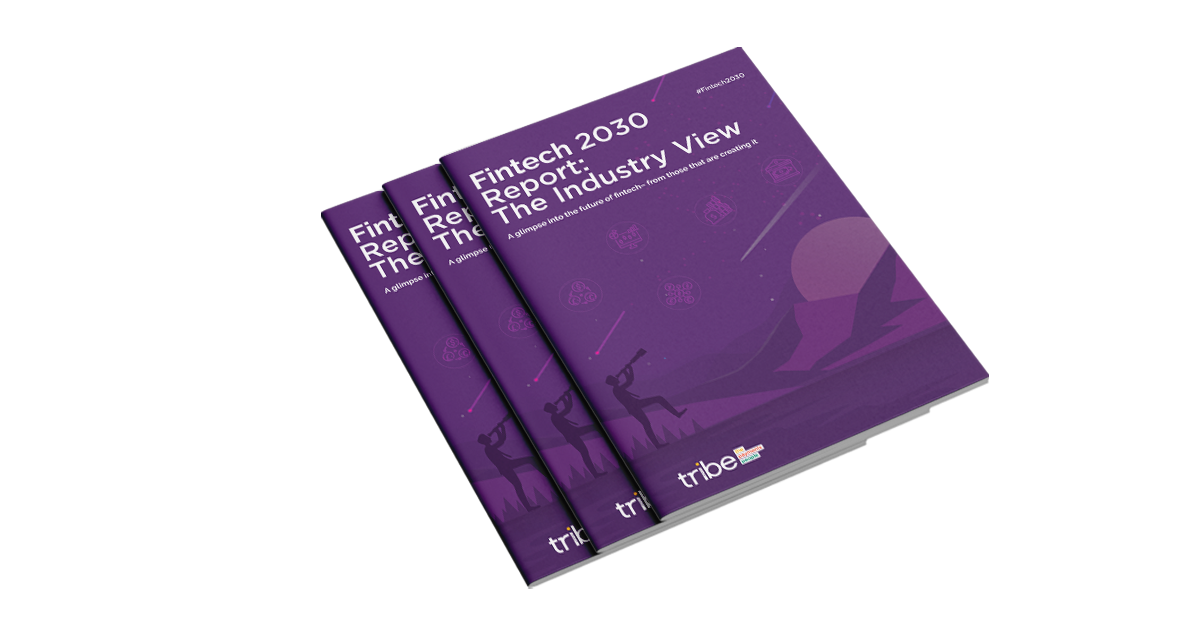Cross-border payments of the future: You won't even see them
BICS, IBANS, sort codes and account numbers will merely be a part of invisible infrastructure as cross-border payments become seamless, says Stephen Lemon, Co-Founder and Head of Strategic Partnerships at Currencycloud
 Sort codes, account numbers, IBANS & BICs – these are all a legacy of traditional high street, analogue banking, dating from as early as the 1950s. The continued necessity to have these is what is holding up progress in payments - and eventually they will disappear.
Sort codes, account numbers, IBANS & BICs – these are all a legacy of traditional high street, analogue banking, dating from as early as the 1950s. The continued necessity to have these is what is holding up progress in payments - and eventually they will disappear.
By 2030 seamless transactions, be those domestic or international, will be as simple as handing over a £10 note in a shop (before Covid-19!)
In 2016 KPMG suggested in its report: ‘Meet EVA’, that the bank of the future would be invisible – with transactions being seamlessly executed on your behalf by your Executive Virtual Assistant and your day-to-day banking relationship would become a thing of the past. Four years later and we believe this may happen sooner than 2030, but let’s play on the safe side and give ourselves some time.
Certainly at Currencycloud we believe the future of payments is making them embedded, and thus invisible to the end user. It is the world we’ve been preparing for.
Amazon is probably the most obvious example of this today in 2020 with its ‘swipe to buy’ functionality. The ability to use Amazon Pay functionality with other ecommerce sites demonstrates the demand for a seamless payment experience from consumers.
But let’s take a step back for a moment…
It used to be the case that if you had a room of 10 people, you could make a safe bet that they’d be banked with perhaps three to four High Street banks, such as NatWest, HSBC or Barclays. Today you're just as likely to find those 10 people all using different banking providers.
Perhaps someone is still banking with an HSBC or NatWest because they always have and always will, while others will be with a challenger bank like Starling or Monzo because they work digitally and make budgeting and saving easy; perhaps someone who travels a lot will have a Revolut account; and an expat from Europe has a Monese account because it makes it easy to open a UK bank account and simple to send money to friends and family back home.
We will see an increasingly fragmented financial market with a combination of ‘banking-lite’ services layered with additional services that are of interest to specific demographics.
Individual elements, such as FX and payments are becoming increasingly commoditised and as a result the margins are low. It is the layering and curating of these and other services that will make fintechs, payment service providers and financial institutions of the future ‘sticky’.
Returning to Amazon as an existing example of embedding payments, why not take it to another level? From a consumer perspective Amazon, Apple, Google and others have already simplified the payments process in different ways.
Instead of getting your monthly salary paid to HSBC or Barclays, why not have it ‘banked’ with a brand you have an affinity with and relate to on a day-to-day basis - Amazon, Apple, Facebook a retailer like ASOS, or even your favourite sportswear brand like Nike? As a consumer, you’re likely already spending a large part of your disposable income with them; they can offer discounts for shopping with them, and partnerships with other financial providers to offer lending and investment solutions, as well as link-ups with other brands to create an appealing financial product that integrates with major parts of your life.
Indeed, the pervasiveness of virtual assistants like Alexa, Siri and others, could mean that we simplify the payment process further so that we say ‘Hey, Alexa…. Pay John Smith £100’ and it syncs with your contacts to identify John Smith and confirms payment.
From a business perspective, we could see a payment tab added alongside the ‘bold’, ‘italic’, ‘underline’ and ‘attachment’ buttons on Gmail, Outlook or other email providers, that turns a highlighted piece of text within an email into a ‘payment’ – the recipient simply clicks on it at the other end and ‘accepts’ payment. The email would say ‘pay John Smith $100’, and recognise that the recipient therefore needs to pay John US Dollars from your multicurrency account. You would then receive an automated email alert saying that John has been paid, with an update of your US Dollar account balance, with an option to top it up if necessary.
The payment process becomes simple and seamless for your customer and easily manageable for you.
Making sure you have funds in your account is the limit of what you’ll need to do – algorithms will make recommendations on when to buy or move different currencies to make sure you make your money work as hard as possible for you.
It doesn’t matter whether the payment is domestic or international, a consumer payment or a B2B payment. All the user wants to know is that it is good value, transparent and quick.
We won’t need BICs, IBANs, sort codes and account numbers anymore. This infrastructure in the background makes making a payment as simple as handing a £10 note to someone in a shop today, wherever you are in the world.
Discover more about the future of fintech by reading our new Fintech 2030 Report, where 14 other leaders share their views on the future of their sector >






.png?width=137&height=90&name=Payments%20Awards%20(1).png)


.png)